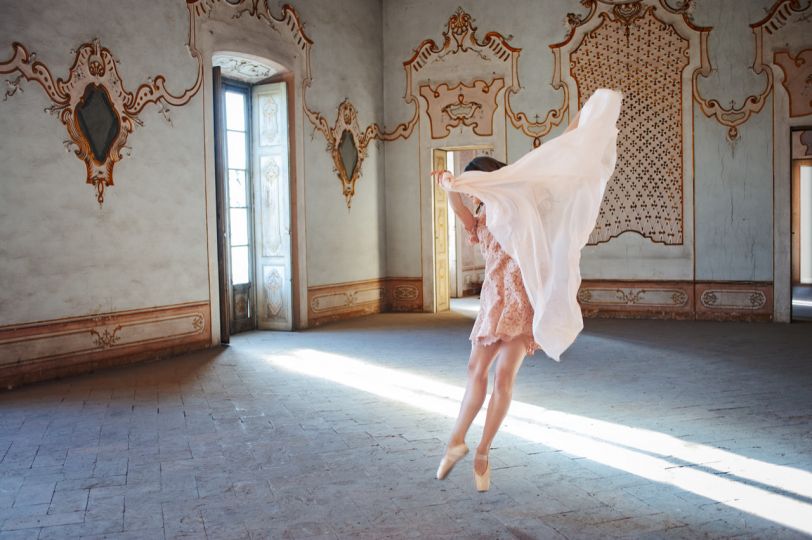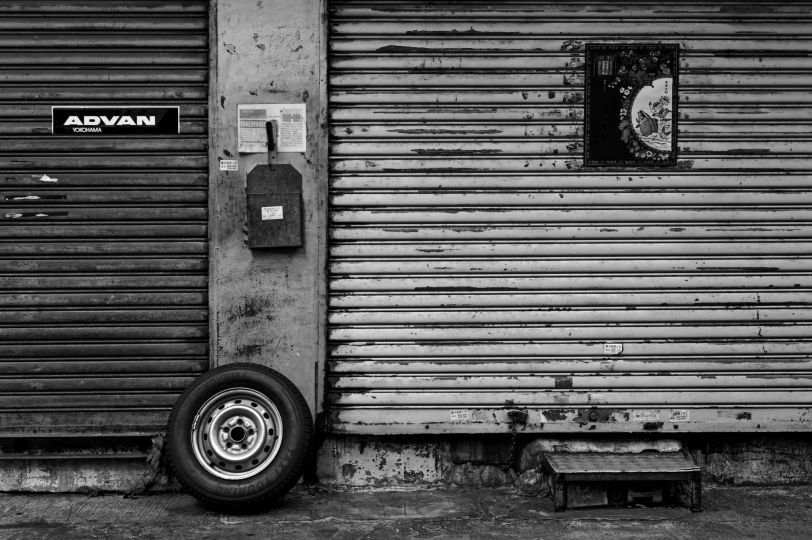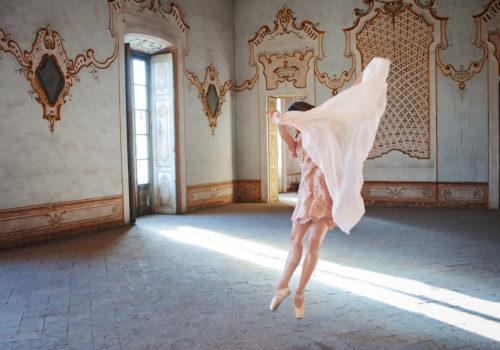The MoMA in New York presents a revised and expanded version of Nan Goldin’s The Ballad of Sexual Dependency dated 2005 (the original version was created in 1985). This well-known installation is a slide show of over 700 images accompanied by a soundtrack. The curator felt it necessary to additionally display a selection of Nan Goldin’s photographs from the museum’s collection. The gesture seems inconsequential, but the slide show is long (over 40 minutes) and the gallery tight and crowded: it’s as if the museum intentionally kept the visitors waiting before the projection.
Nan Goldin belongs to a generation of photographers who, starting in the late 1970s, based their artistic approach on images drawn from their daily life. The Ballad of Sexual Dependency is conceived as the artist’s personal diary, and the work has continued to evolve over the course of her life (which has mellowed quite a bit) and in accordance with her financial needs. While the critical acclaim, the current craze for everything “subversive,” and the artist’s own hackneyed discourse may have drained The Ballad of any interest, one is surprised to find it filled with unspoiled melancholy.
And yet, the work has been altered so much that it lost some of its spontaneous character (if one can speak of “spontaneity” in such a closely controlled piece), and it no longer bears any resemblance to a diary: the chronology has been broken up and the narrative has unraveled. Nan Goldin presents an arrangement reminiscent of what she did at the Louvre in 2010, where she juxtaposed her own pieces with classical paintings. The issues raised are no longer the same: the artwork no longer simply means to show the artist’s life, but rather to sort it and reorganize it retrospectively. The slides are arranged into categories (mourning, drugs, bathing, the male nude, etc.), and every chunk of music underscores the internal relationships between the photographs, as if Nan Goldin wanted to make her work more didactic and more universal. The Ballad is no longer a story of a violent, dissolute life; it is now a reconstruction by an aging woman who rummages in her archives, endlessly reordering her memories.
In addition to the slide show and Nan Goldin’s photographs from the MoMA collection, the museum is featuring posters dating back to the very first projections, when the work was practically unknown. The intention behind this gesture is touching, although rather curious, since it produces instant detachment: it’s as if everything needed to be placed in its original context and restored to its original freshness. This immediately signals that The Ballad of Sexual Dependency is no longer a work like no other.
Hugo Fortin
Hugo Fortin is a New York-based writer specializing in photography.
Nan Goldin: The Ballad of Sexual Dependency
Until April 16, 2017
Museum of Modern Art
11 West 53rd St
New York, NY 10019
















